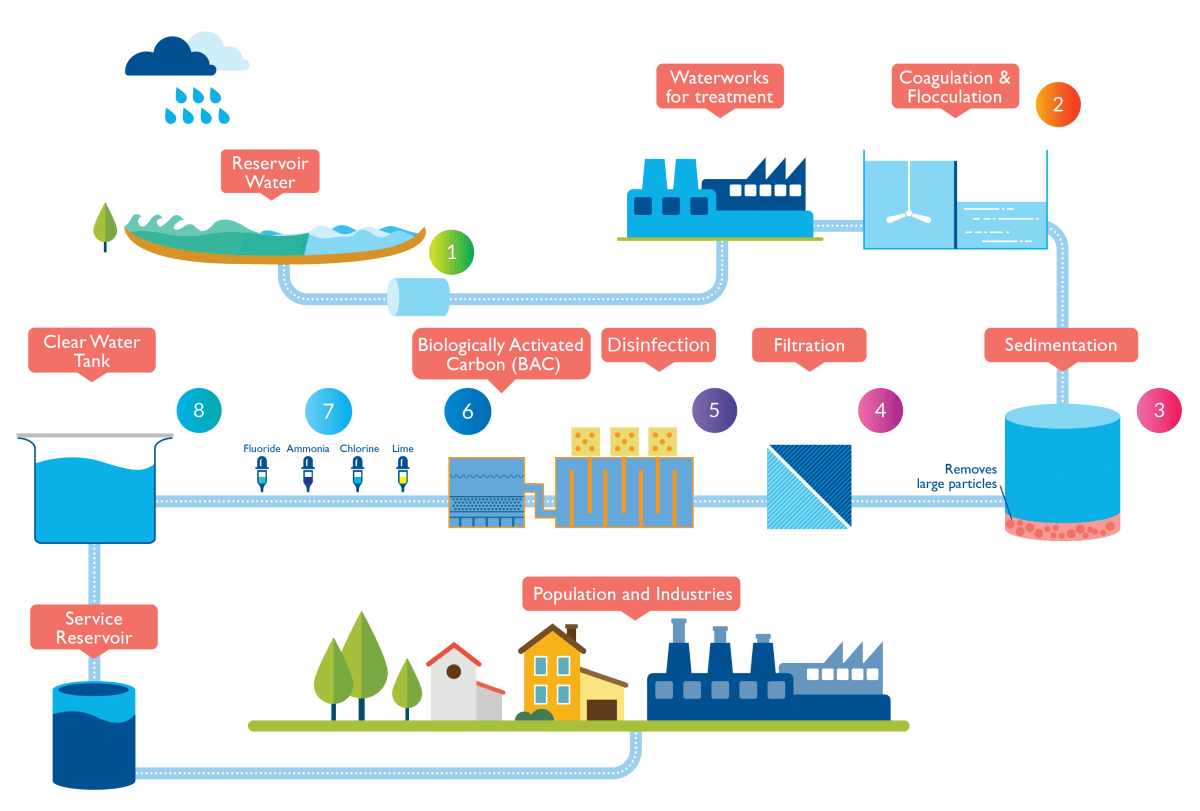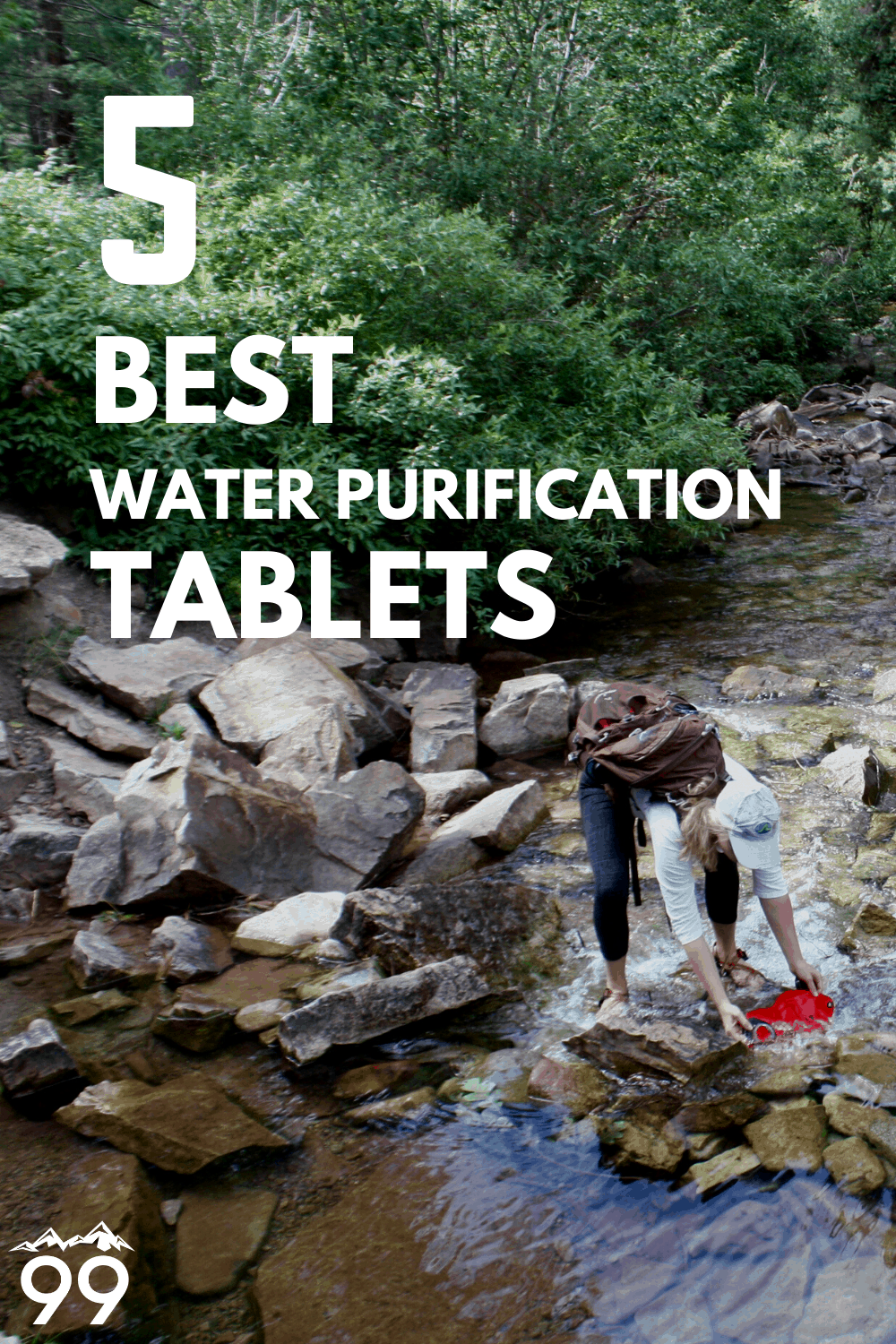Statement 1: Water treatment removes contaminants from water.

This statement is true. The purpose of water treatment is to remove or reduce the concentration of contaminants in water to make it safe for drinking, industrial use, or other purposes. Contaminants can include harmful bacteria, viruses, parasites, heavy metals, pesticides, fertilizers, and other chemicals. Water treatment processes can include physical processes such as filtration and sedimentation, chemical processes such as disinfection and coagulation, and biological processes such as activated sludge and biofiltration.

Statement 2: Water treatment always makes water safe to drink.

This statement is false. Water treatment can remove or reduce the concentration of contaminants in water, but it cannot always make water completely safe to drink. Some contaminants, such as certain types of bacteria and viruses, are very difficult to remove from water. Additionally, some water treatment processes can create new contaminants, such as disinfection byproducts. Therefore, it is important to ensure that water treatment processes are properly designed and operated, and that the water is tested regularly to ensure that it is safe to drink.
Statement 3: Water treatment is only necessary for drinking water.
This statement is false. Water treatment is also necessary for water that is used for industrial purposes, such as cooling water and process water. Additionally, water treatment is often used to treat wastewater before it is released into the environment. Water treatment can remove pollutants from wastewater, such as heavy metals, pesticides, and fertilizers, and can help to protect the environment.
Statement 4: Water treatment is always expensive.
This statement is false. The cost of water treatment can vary depending on the type of treatment process used, the size of the water treatment plant, and the quality of the raw water. However, water treatment is generally a cost-effective way to ensure that water is safe to drink and use. The benefits of water treatment, such as improved public health and reduced environmental pollution, far outweigh the costs.










